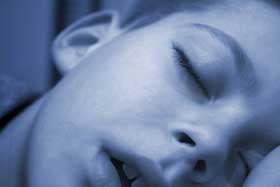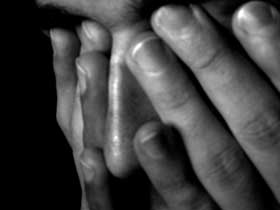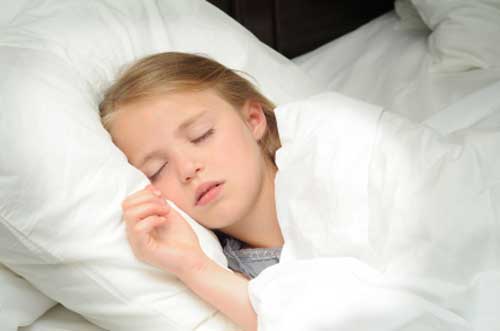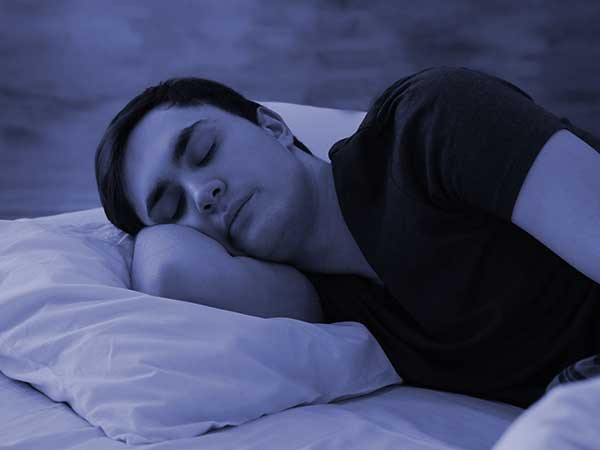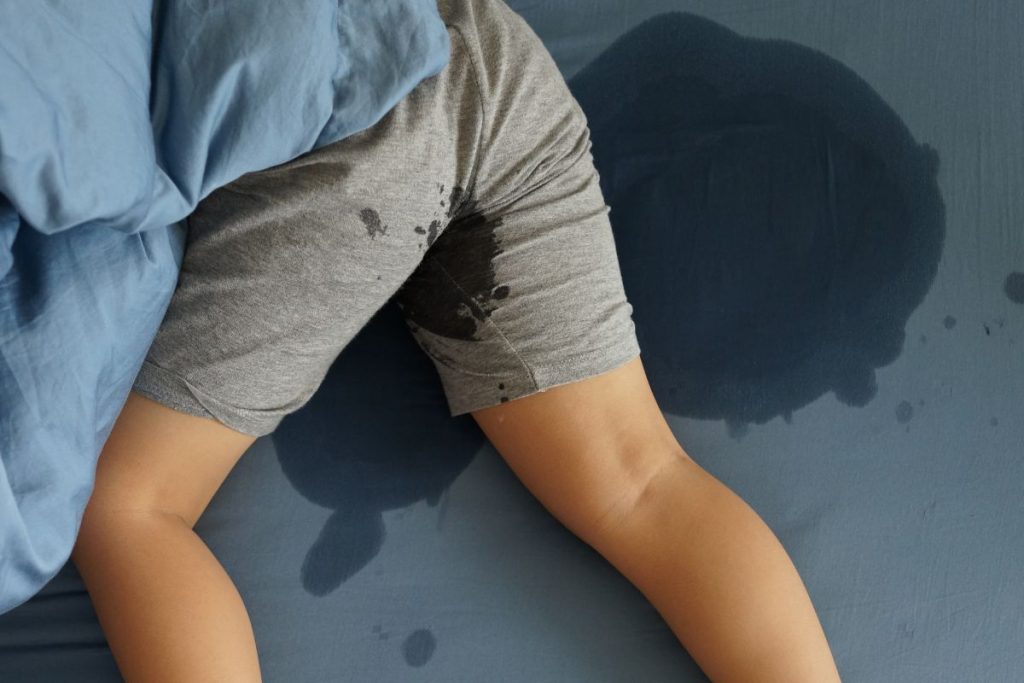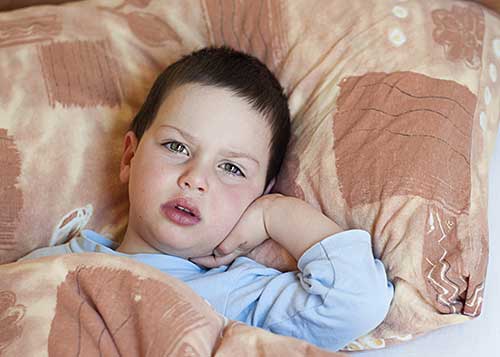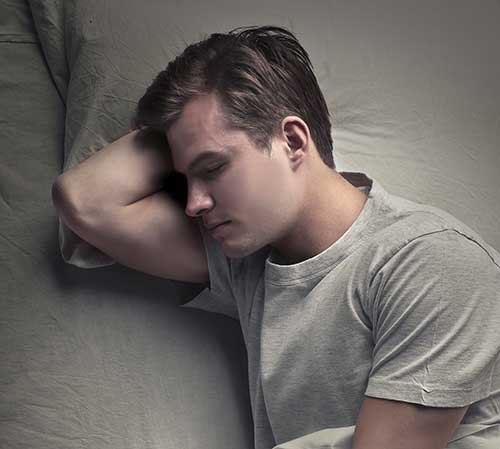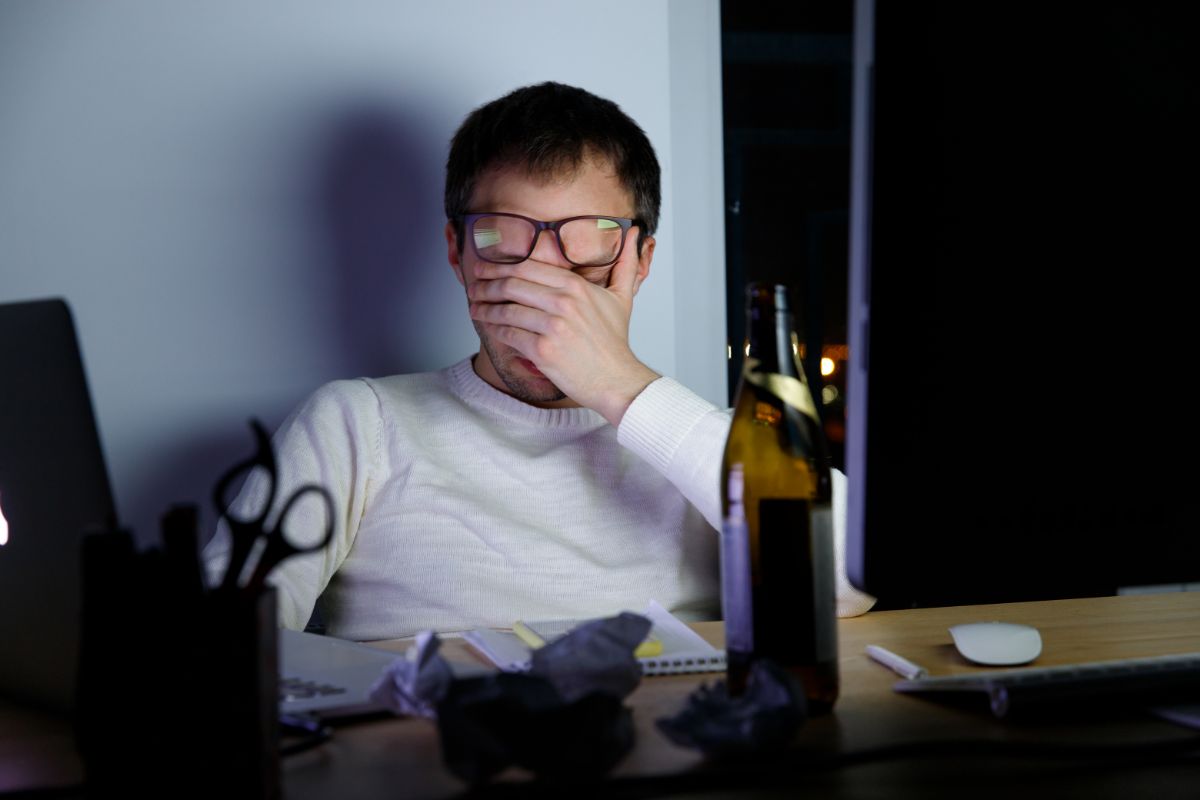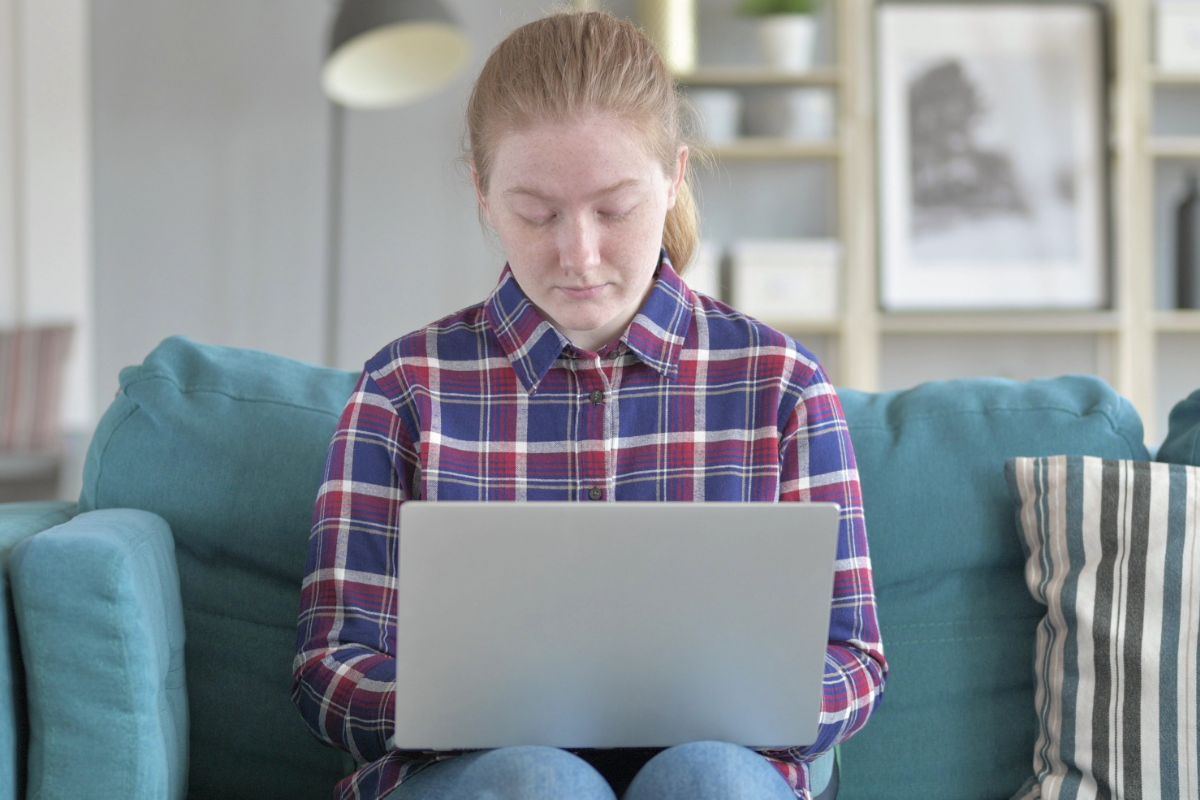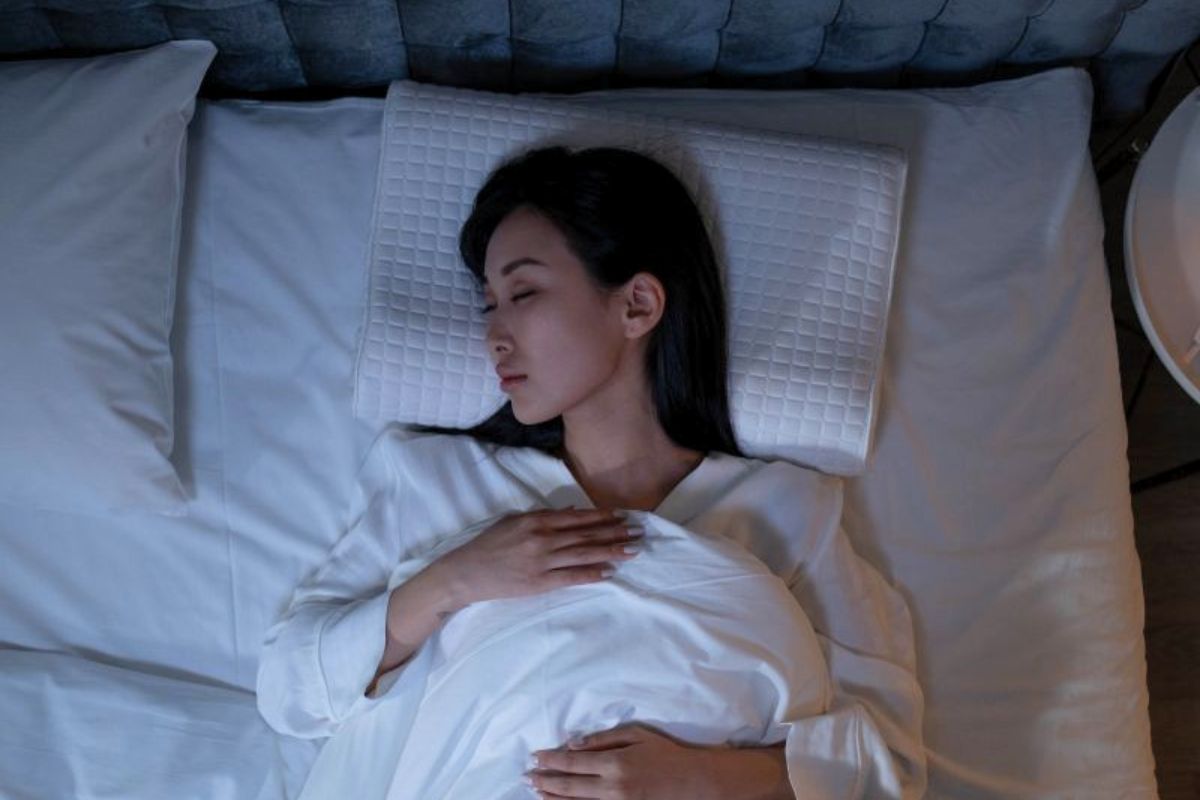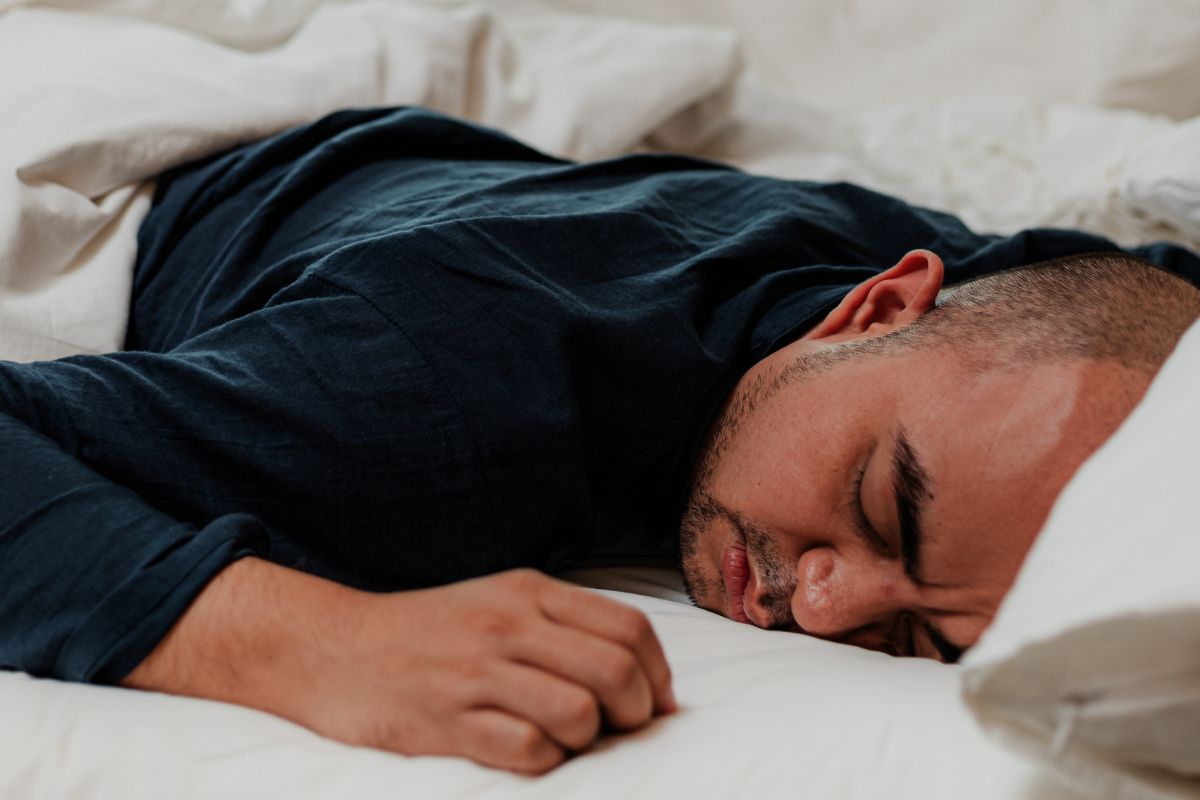Learn about the bedwetting help options to keep your child or adult nights dry.
The appropriate bedwetting help depends on a person’s age. It is important for parents to recognize that most children do not develop the ability to stay dry every night until the age of six or seven. Inappropriate expectations sometimes complicate the problem and interfere with treatment.
A small percentage of adults are unable to stay dry at night. For adults, there are medications that sometimes provide bedwetting help, depending on the underlying cause of the problem.
There are two things that allow us to stay dry at night. The first is the production of a hormone that reduces the body’s production of urine. The body normally begins producing the hormone at around sundown. It is a part of the circadian rhythm. The body’s ability to produce the hormone does not begin to develop until the age of two and may not fully develop until the end of puberty.
In adults that wet the bed, the underlying cause is sometimes a lack of this hormone called AVP. Medications are available that contain the synthetic version of the hormone. But, it is important to be sure that lack of production of AVP is the problem. If not, it can cause death due to an electrolyte imbalance.
The appropriate bedwetting help for children
It’s best to wait unless the child has been dry for several months or years and then reverts to wetting the bed. In that case, the cause could be a bladder infection, a sleep apnea, or excessive stress. Too much caffeine can also cause the problem.
One of the most commonly recommended approaches is to reduce or cut out fluids several hours before bedtime. A child asking for a drink of water may be delaying bedtime, rather than actually being thirsty. A good approach is to stay with him or her for a few minutes, changing the subject and seeing what happens.
Punishing Children for Bedwetting is Counterproductive
Any kind of punishment is not bedwetting help. In fact, it interferes with other treatment approaches, such as the use of the moisture alarm.
The alarms are considered relatively effective, especially in children that are deep sleepers. A sensor fits in the child’s underpants and is connected to an alarm on the shoulder. The alarm will go off when moisture is detected, which wakes the child.
The second thing that allows us to stay dry at night
The ability to wake up when we sense that our bladders are full. As adults, there are medications and other sleep disorders that can interfere with the ability to wake up. Alcohol abuse can also cause a deep sleep, from which a person awakens wet.
Parents with children that wet the bed often say that they are difficult to wake up. It is for those children that the alarms are most effective and can provide bedwetting help.
For adults, antidepressants are sometimes prescribed, but these are not a good idea for children. There are too many unwanted side effects, including a risk of suicidal behavior.
Protecting Your Child’s Self-Esteem Is Of Utmost Importance
Absorbent underwear, such as GoodNites for kids and Depends for adults are appropriate bedwetting help for any age. A child can still be rewarded for staying dry at night. But, when accidents happen, there is no laundry. The child can throw away the disposable underwear and put on another pair, which helps to protect their self-esteem.
Damage to self-esteem is the only long-term risk that accompanies nighttime urination, what doctors call nocturnal enuresis. It is important for adults and children to realize that accidents happen. They are nothing to be ashamed of.
If your child is over the age of 9 or reverts to wetting the bed after months or years of dryness, consulting your doctor might be a good idea.
Otherwise, the best bedwetting help is to wait. Most doctors consider it a self-limiting problem that requires no treatment because, by the age of 15, it is usually resolved on its own.
Bedwetting solutions for kids and parents
Bedwetting can be a distressing issue for both children and parents, but there are various solutions to tackle this challenge. From understanding the underlying causes, such as genetics or deep sleep patterns, to implementing practical strategies like using bedwetting alarms, setting regular bathroom schedules, or consulting with healthcare professionals, the journey to dry nights is achievable. Emphasizing patience, encouragement, and a personalized approach, these solutions can transform nighttime routines, fostering confidence and comfort for the whole family.
How bedwetting diapers ease the trauma of bedwetting
Bedwetting diapers are a practical and discreet solution for children and even adults struggling with nighttime incontinence. Designed with advanced absorbency and comfort in mind, these specialized diapers provide a sense of security and allow for uninterrupted sleep. They come in various sizes and styles to suit individual needs, and their use can be a temporary measure or part of a broader strategy to address bedwetting. By reducing stress and embarrassment, bedwetting diapers empower individuals to approach this challenge with confidence, fostering a positive and supportive environment for growth and development.
Bedwetting in teenagers is a sensitive issue that requires understanding, empathy, and a tailored approach. While often perceived as a childhood problem, teenage bedwetting can be linked to various underlying medical or psychological factors. Addressing this challenge involves a combination of medical consultations, lifestyle adjustments, and emotional support. From exploring potential medical conditions to implementing practical solutions like bedwetting alarms or absorbent products, the path to overcoming teenage bedwetting is a collaborative effort. By fostering open communication and a non-judgmental environment, families can help teenagers navigate this phase with dignity and confidence.
How common is adult bedwetting and what can you do?
Adult bed-wetting, though often shrouded in stigma and embarrassment, is a condition that can be addressed with the right approach and understanding. It may be a symptom of underlying health issues, such as urinary tract infections, diabetes, or neurological disorders. Treatment requires a comprehensive evaluation by healthcare professionals, who may recommend lifestyle changes, medication, or specialized devices like bedwetting alarms. Support from family and friends, along with professional guidance, can transform this challenging experience into an opportunity for growth and healing, allowing individuals to regain control and confidence in their lives.
Bedwetting cures or treatments
Finding a cure for bedwetting is a journey that requires patience, understanding, and a personalized approach. There’s no one-size-fits-all solution, as the underlying causes can vary widely, from developmental factors in children to medical conditions in adults. Treatment options range from behavioral strategies, such as setting regular bathroom schedules, to utilizing bedwetting alarms and seeking professional medical advice. The key to success lies in a compassionate approach, open communication, and a willingness to explore various methods. By embracing the journey and celebrating progress, individuals and families can transform the challenge of bedwetting into an opportunity for growth and connection.
How a bedwetting alarm can help your child
Bed-wetting alarms are a transformative tool in the journey to overcome nighttime incontinence. Acting as both a detector and a trainer, these alarms sense moisture and promptly alert the sleeper, helping to establish a connection between the sensation of a full bladder and the need to wake up. Available in various designs and functionalities, bed-wetting alarms cater to different age groups and preferences, from wearable devices to bed pads. By integrating this technology into a supportive and patient routine, families can turn the challenge of bed-wetting into a manageable and ultimately conquerable experience.
My comparison guide to different bedwetting alarms
Bedwetting alarms are devices designed to alert individuals or caregivers when wetness is detected, typically used to assist children in overcoming nighttime bedwetting. These alarms come in various forms, including wearable units and pad-type sensors placed on the bed. They work by sensing moisture and triggering an alarm, which can be a sound, vibration, or both. The immediate response helps train the brain to recognize the need to wake up and use the bathroom, eventually leading to a reduction or elimination of bedwetting incidents. Bedwetting alarms are considered an effective method for treating nocturnal enuresis and can be a valuable tool for both children and adults facing this challenge.


